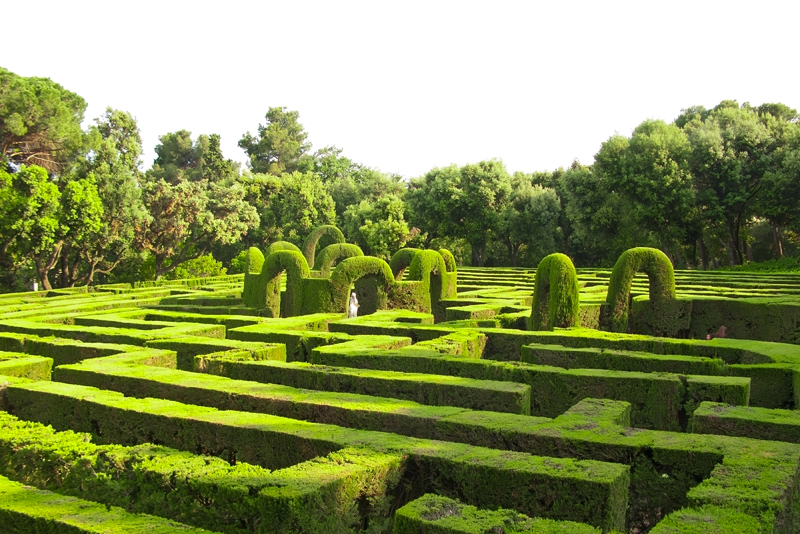English Cottage Garden Herbs

Herbs are a traditional part of any English garden, whether they were in the garden of a grand country estate or the small patch of the local villager. They have been used in cooking and as medicine for centuries.
There are many famous historic houses in England that are known for their delightful herb gardens -if you get the chance here are a few to visit.
- Sissinghurst Castle Gardens
- Acorn Bank
- Hardwick Hall
- The RHS Garden at Rosemoor
- Iden Croft Herbs
- Buckland Abbey
- Wisley Gardens
- Catmint
Also known as catnip, this herb is much loved by cats and also makes a great tea.It has lovely purple/blue flowers and can be clipped and used as path or border edging.Chamomile
It has white daisy like flowers and soft feathery foliage with an delicious scent when trodden on. It has been used for centuries for tea and is again popular today. It flowers from summer to late autumn. - Dill
is a hardy annual and has been around since the days of the Greeks. It has been used to treat all digestive complaints, especially colic in babies and was thought to keep witches at bay. - Hyssop
It has blue or pink small flowers in the summer and is another herb which can be clipped and used as path edging.
Lavender
One of the most classic of herbs, kings and queens of England would have their clothing rinsed in lavender water.
Good for hedging and comes in many shades of blue and purple as well as pinker and white shades.
Lovage
Is a tall herb reaching 6foot or (3 metres) and has large flower clusters of a greeny yellow and looks quite dramatic - try it at the back of borders.- Lemon Balm
A traditional old herb, it has a lovely lemony smell and should be grown beside your paths so you brush past it. - Rue
With grey blue leaves and greeny yellow flowers Rue is a small evergreen shrub known by Shakespeare. touching the leaves can cause skin irritant so always handle with gloves on to be on the safe side. - Thyme
There are many varieties of thyme - the most popular being lemon and common thyme. They have a strong scent and can be used edging or popping inbetween cracks in paving slabs or as delightful squares in a formal herb garden.
Much used in cooking, it was used by the Elizabethans to carry in their posies to ward off evil smells and the plague.
What to grow
Borage
With blue flowers and hairy leaves Borage has been grown in English Gardens since the mid 1400s.It was thought to bring courage and today the flowers (hairy bits removed!) can be added to summer drinks like Pimms. It is a hardy annual with a great capacity to self sow so once you have it - it stays with you!Remember that many herbs will grow very well in pots as generally they like a dry sunny spot so if space is limited you can still grow some on your balcony or patio.
For more info on growing plants in pots click here.
Enjoy your garden!
For more info on growing and using herbs have a look at
Growing Herbs
Jekka McVicar's book which is easy to read and tells you how to grow and use over 90 herbs - and use them in your borders and beds.
- Catmint
You Should Also Read:
Blue flowering Herbs
Culinary English Garden Herbs
Growing Soapwort

Related Articles
Editor's Picks Articles
Top Ten Articles
Previous Features
Site Map
Content copyright © 2023 by Hellie T.. All rights reserved.
This content was written by Hellie T.. If you wish to use this content in any manner, you need written permission. Contact Carol Chernega for details.


